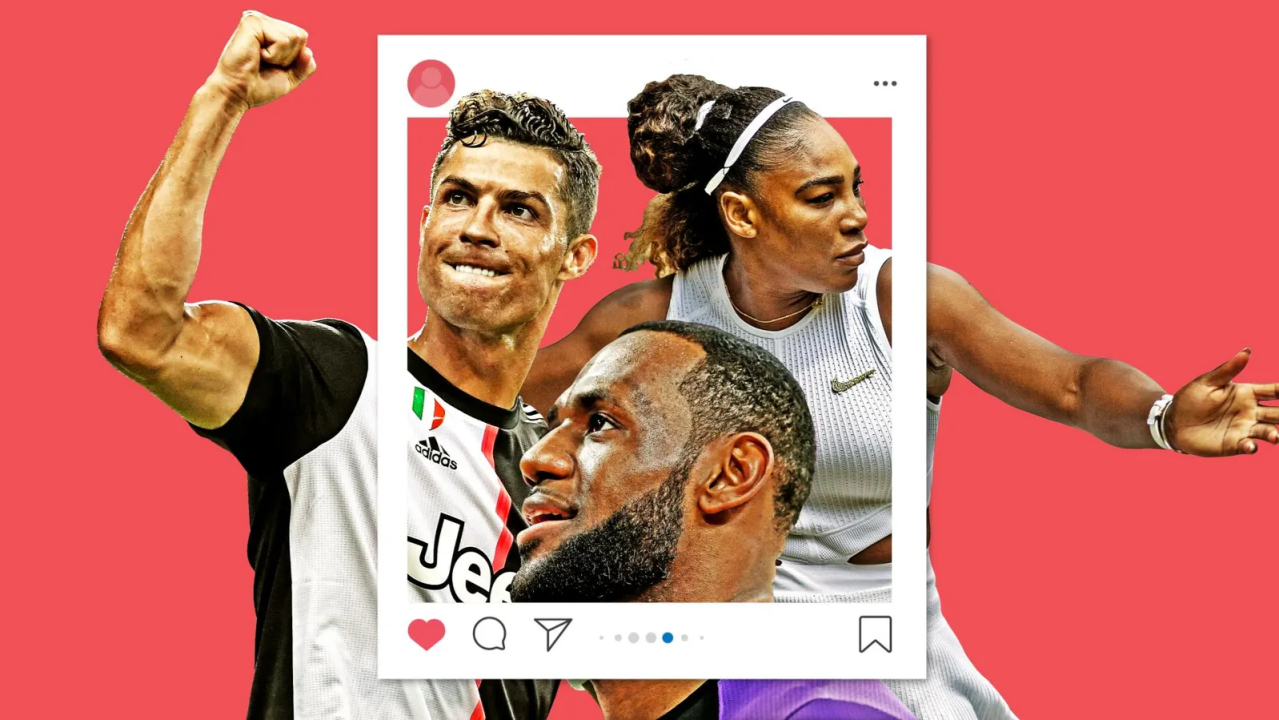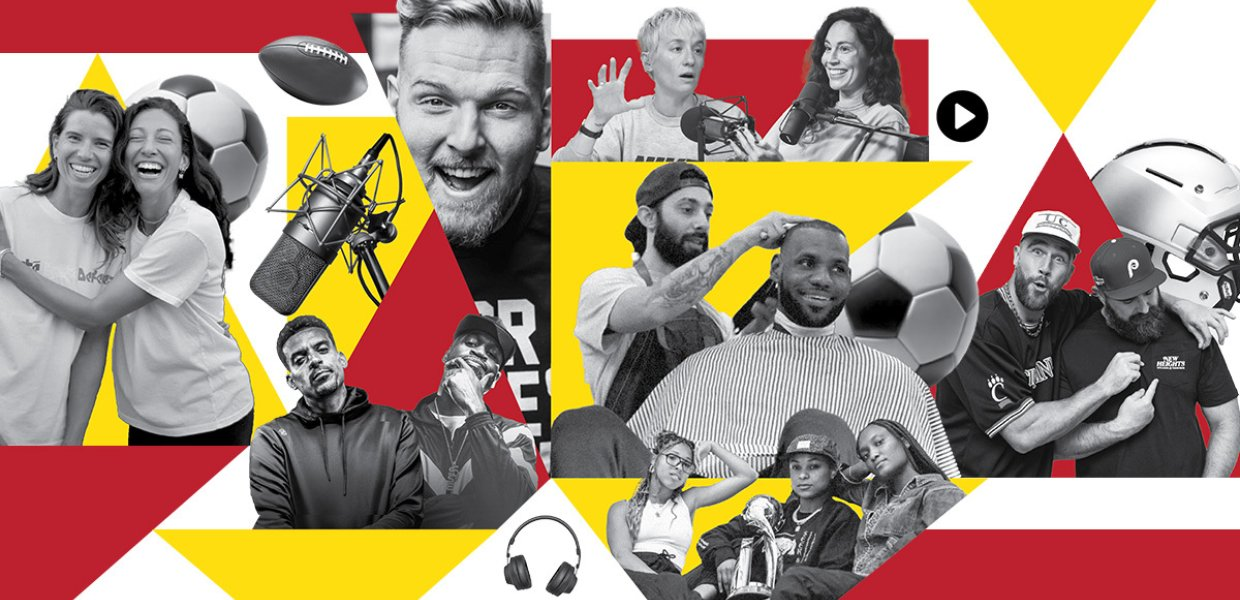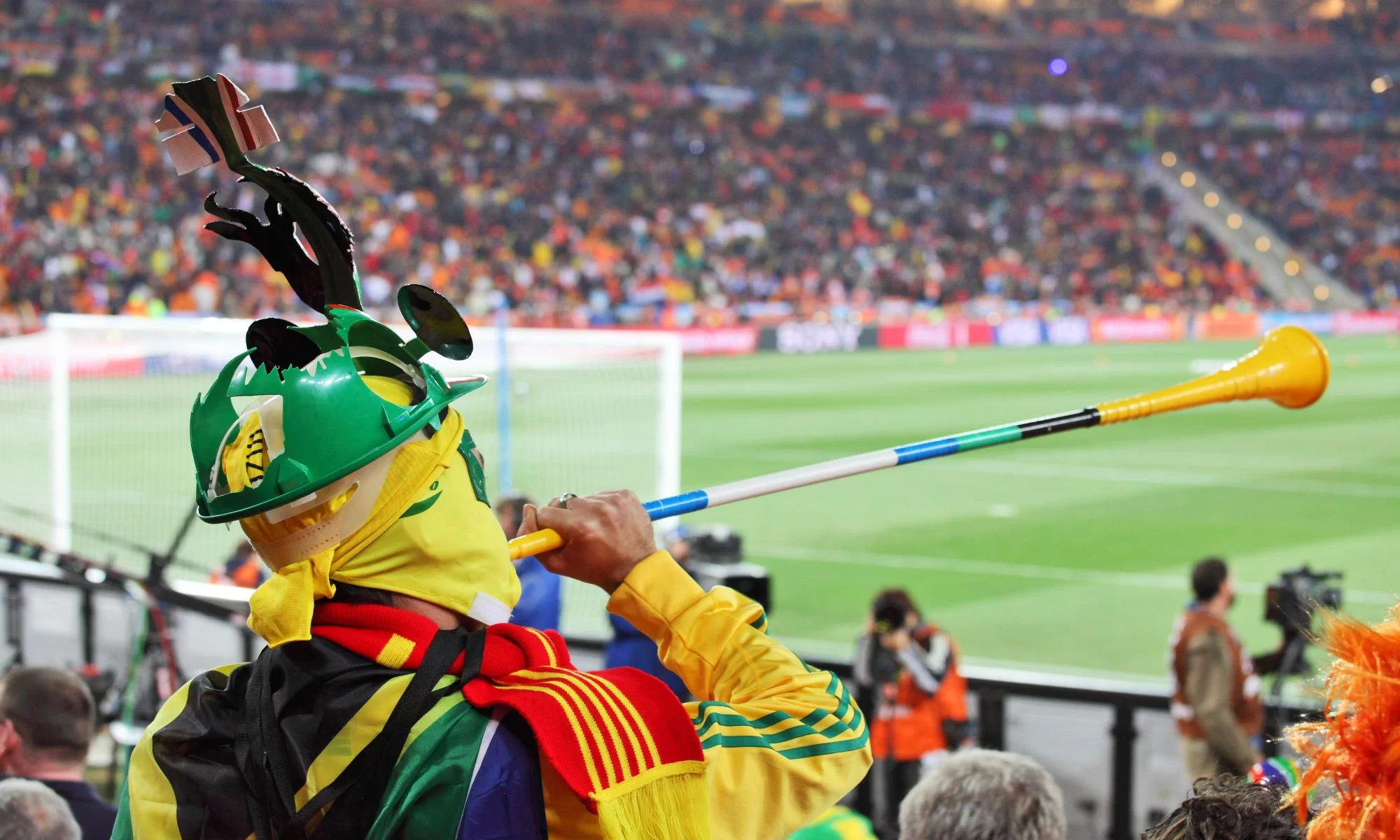In today’s hyperconnected era, the media doesn’t just report on sports—it defines how athletes are remembered. Whether it’s the rise of underdog heroes, the fall of superstars in scandal, or the framing of rivalries, media coverage plays a critical role in shaping public perception and long-term legacy. From traditional broadcasters to digital influencers and sports bloggers, the narrative around an athlete can change faster than ever—and often, it’s not the scoreboard that makes the biggest impact.
Sports journalists, media ethicists, and former athletes—key voices under Google’s E-E-A-T framework (Experience, Expertise, Authoritativeness, Trustworthiness)—highlight how coverage influences endorsements, mental health, and even career longevity. Studies have shown that positive media framing can boost an athlete’s marketability, while critical or biased reporting can create lasting reputational damage. The rise of social media has further complicated this, giving athletes more control of their stories while also exposing them to relentless scrutiny.
As fans, understanding how media narratives are crafted is crucial to engaging with sports more thoughtfully. Celebrating performance should go hand-in-hand with questioning biases, context, and intent behind the headlines. Because in modern sport, the legacy isn’t just what’s won—it’s what’s written.






